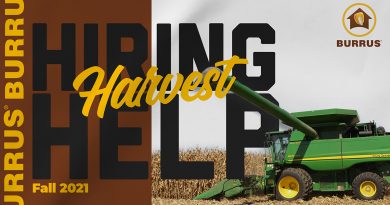Planter Preparation
It is time to focus attention on planter preparation for the new growing season. Achieving uniform emergence and seed spacing is critical to maximizing yield on an individual plant basis. Many of the sins that occur during planting can lead to severe repercussions later in the growing season. The margin of error can become small when poor weather and soil conditions occur during this timeframe. One thing for sure is that proper planter preparation can pay dividends come fall.
Use the dropdown menu below as a checklist for planter readiness. Taking the time to check even the menial items ensures a full-functioning planter performing at its best.
Checklist for Planter Prep
Proper, uniform seed placement within the seed furrow will ensure the crop gets off to a good start. Any detrimental conditions that affect emergence and early season root growth can lead to further ramifications come fall.
If you have any questions on best placing and managing your Burrus Seed, Power Plus or DONMARIO corn and soybean products this spring, contact your Burrus Representative.





